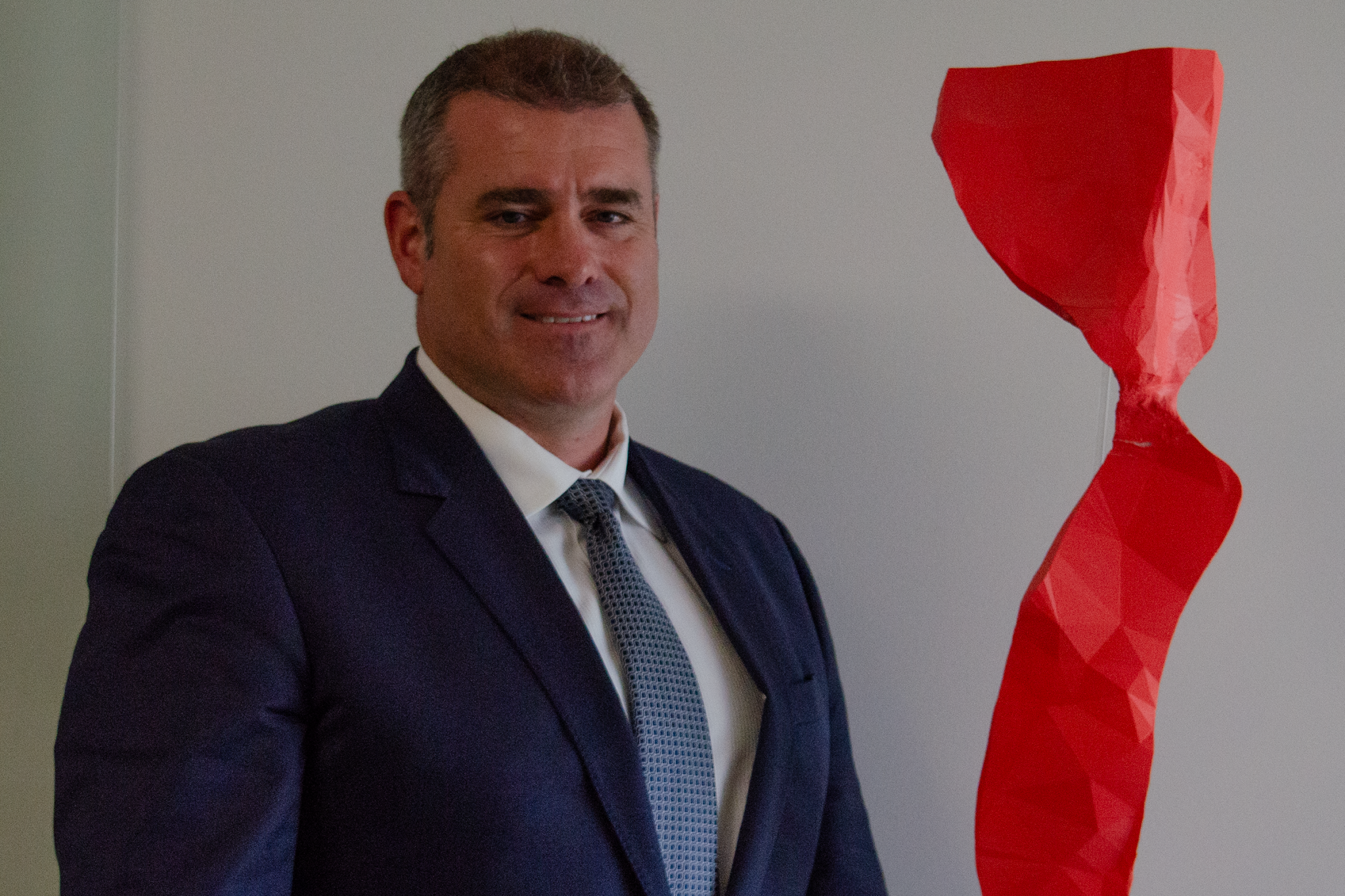In the summer of 2007, about 500 kilometres northeast of Thunder Bay, geologist Neil Novak made a discovery that forever changed the fate of northern Ontario.
At a mineral deposit called Eagle One, Novak found evidence of nickel — a valuable mineral that today is used to make clean technologies and batteries.
The discovery would trigger a buzz of activity in the region. Over the next decade, mining companies would stake claims to mineral deposits across a 6,000-square-kilometre area. It would come to be known as the Ring of Fire.
Now, mining companies are still intent on developing the Ring of Fire and it’s become a feature of Ontario’s plan to up production of clean technologies. Still, there are no all-season routes that let people reach the area and misleading claims about the riches in the Ring of Fire have shrouded the project for more than a decade.
What’s northern Ontario’s Ring of Fire worth? And what’s at stake?
Wyloo Canada chief executive officer Kristan Straub says the Eagle’s Nest mine — the Ring of Fire mine nearest to production — could be central to Canada’s green transition.
“Whether it's your iPhone or your Samsung phone, it requires precious metals and it also requires nickel,” Straub says. “As we make a shift towards battery electric vehicles, they're going to require increased volumes of nickel and copper. We as Canadians and North Americans should ask, ‘Where are we getting that supply from?’”
In Episode 2 of The Road, Isaac Phan Nay examines the history — and myths — that surround the Ring of Fire mining region in northern Ontario.
The Road podcast is a co-production between Isaac Phan Nay and Canada’s National Observer. Funding for this podcast comes from the Gordon Sinclair Foundation. Listen to Episode 2, Boom and Bust, on your favourite listening app.






Comments